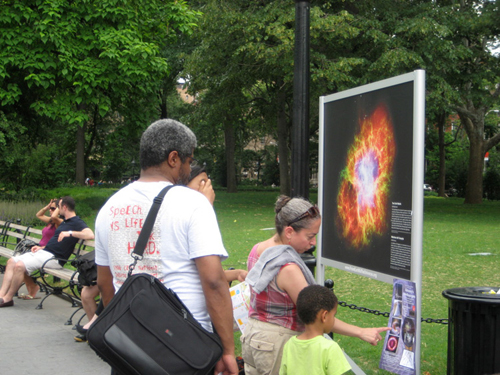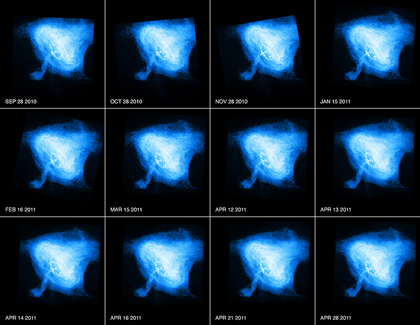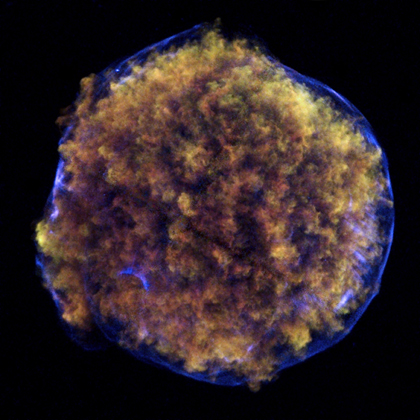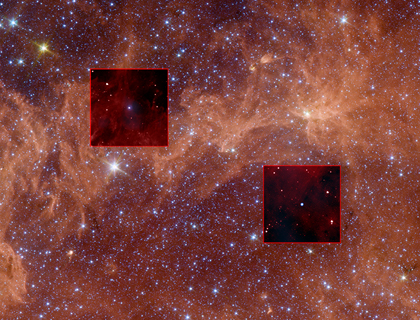"5 Days. 50 Events. Infinite Ideas."
Submitted by chandra on Thu, 2011-06-02 13:20
That's the tag line for this year's World Science Festival (WSF), currently ongoing throughout New York City. As with the previous incarnations, this year's WSF will culminate in a big science party in and around Washington Square Park on Sunday, June 5th. Once again, "From Earth to the Universe" (FETTU) will be there to help spread a little bit of the cosmos across the asphalt. FETTU can be found just to the southwest of the big fountain in the middle of the park (see the map). The good folks from NY Skies will be on hand to answer any questions you might have on the images. For those in the NYC area this weekend, try to stop by and enjoy the Big Apple's big show for science.
-Megan Watzke, CXC








